Why are watch designers so drawn to brutalism?
Watch brands looking for ways to break the conservative mould look to brutalist architecture and 1970s design codes
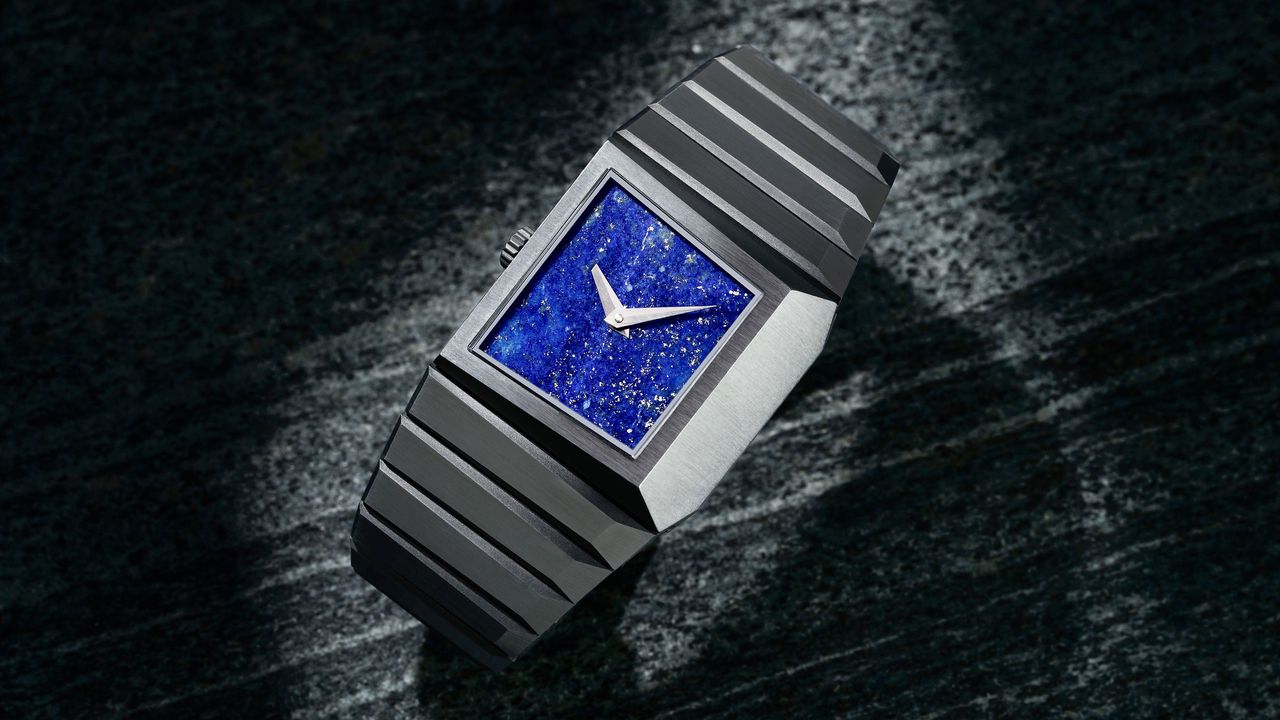
Watch design is necessarily conservative – apart from the obvious restrictions of form and function, there are brand codes and commercial realities in play. So, when a new idea does break out of the less constrained independent sector, commercial brands go all in (as with the last decade’s obsession with all things Gerald Genta).
Brutalist watch design
The runaway success of the B/1, a limited-edition $4,000 debut watch by Toledano & Chan (pictured top) partly inspired by Marcel Breuer’s brutalist building for the Whitney Museum in New York, caught the attention of the watch world for both the speed at which the edition sold out and the fact that Phillip Toledano and Alfred Chan, a conceptual artist and designer respectively, are well connected with social media tastemakers.

A window at the former Whitney Museum, New York, designed by Marcel Breuer
The B/1 hit a sweet spot, its creators noted, ‘between the major brands rehashing their back catalogue and the wild, rococo exuberance of independent watch brands’. The 33.5mm case is certainly drawn from a window on the Breuer building, though you can’t imagine anything as purely decorative as the lapis dial getting anywhere near Breuer’s design concepts. And that’s where the other, perhaps more important, influences come into play.

Rolex Cellini King Midas watch, sold for €35,100 at Monaco Legends April auction
The pair acknowledge the 1970s decade as a reference, but one that’s more free-wheeling and ambitious in design terms than is sometimes remembered – the era of the Rolex Midas, Piaget Polo, Patek Philippe’s variations on the Ellipse and this from Van Cleef Arpels – all of which quietly do well at auction – not to mention the space futurism of Andrew Grima and Pierre Cardin.
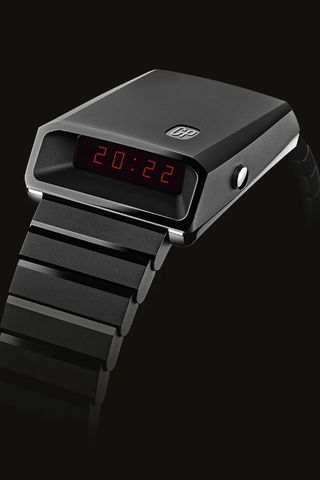
Casquette 2.0 watch in ceramic and titanium, £4,000, by Girard-Perregaux
It seems that it’s this desire for more sculpturally daring case shapes that caught collectors’ imaginations, a sentiment that can be seen in the demand for Girard-Perregaux’s recent Casquette 2.0, based on a 1970s original, and the revived Amida Digitrend. It’s also apparent in Audemars Piguet’s [Re]Master02, which takes inspiration from the brand's 1960 5159BA model. With its faceted asymmetrical case and dial made of 12 triangular segments, it shows how surface treatments can be used to create light and shadow.
![[Re]Master02 selfwinding in ‘sand’ gold, £41,000, by Audemars Piguet](https://cdn.mos.cms.futurecdn.net/YkzgpYkoN7pRgUnzes6fie-320-80.jpg)
[Re]Master02 selfwinding watch in ‘sand’ gold, £41,000, by Audemars Piguet
How this will play out with the bigger brands will start to become clear next year. After all, who wouldn’t want to see Patek Philippe revisit the 1970s from a different angle or Cartier reprise its asymmetric designs?
Wallpaper* Newsletter
Receive our daily digest of inspiration, escapism and design stories from around the world direct to your inbox.
James Gurney has written on watches for over 25 years, founding QP Magazine in 2003, the UK’s first home-grown watch title. In 2009, he initiated SalonQP, one of the first watch fairs to focus on the end-consumer, and is regarded as a leading horological voice contributing to news and magazine titles across the globe.
-
 ICON 4x4 goes EV, giving their classic Bronco-based restomod an electric twist
ICON 4x4 goes EV, giving their classic Bronco-based restomod an electric twistThe EV Bronco is ICON 4x4’s first foray into electrifying its range of bespoke vintage off-roaders and SUVs
By Jonathan Bell Published
-
 ‘Dressed to Impress’ captures the vivid world of everyday fashion in the 1950s and 1960s
‘Dressed to Impress’ captures the vivid world of everyday fashion in the 1950s and 1960sA new photography book from The Anonymous Project showcases its subjects when they’re dressed for best, posing for events and celebrations unknown
By Jonathan Bell Published
-
 Inside Camperlab’s Harry Nuriev-designed Paris store, a dramatic exercise in contrast
Inside Camperlab’s Harry Nuriev-designed Paris store, a dramatic exercise in contrastThe Crosby Studios founder tells Wallpaper* the story behind his new store design for Mallorcan shoe brand Camperlab, which centres on an interplay between ‘crushed concrete’ and gleaming industrial design
By Jack Moss Published
-
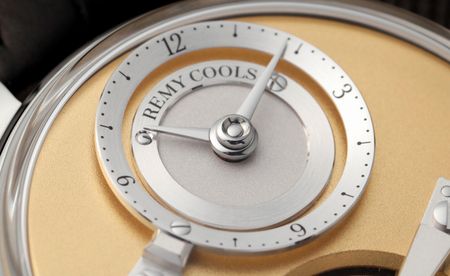 Meet the young watchmakers stirring up the industry
Meet the young watchmakers stirring up the industryLoupes at the ready, these artisans are ones to 'watch'
By Thor Svaboe Published
-
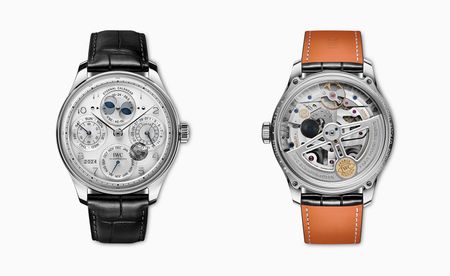 Take a look at the big winners of the watch world Oscars
Take a look at the big winners of the watch world OscarsThe Grand Prix d’Horlogerie de Genève is the Oscars for the watch world – get all the news on the 2024 event here
By Smilian Cibic Published
-
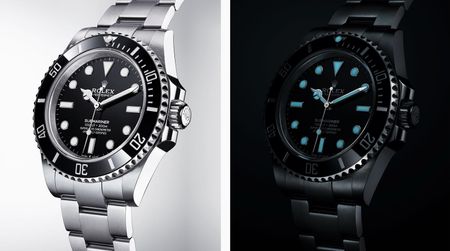 Classic watch designs to last a lifetime
Classic watch designs to last a lifetimeWhen considering which watch design to invest in, disregard trends and consider classic pieces characterised by timeless design
By Hannah Silver Last updated
-
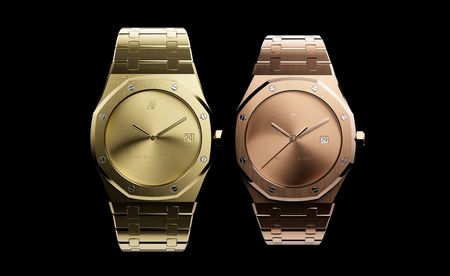 Browns and Mad Paris rethink Audemars Piguet Royal Oak
Browns and Mad Paris rethink Audemars Piguet Royal OakWatch customisation specialist Mad Paris has developed two new versions of the Audemars Piguet Royal Oak for Browns
By Hannah Silver Last updated
-
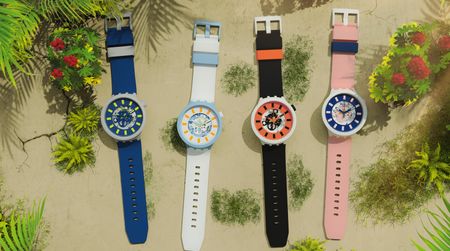 Time for an eco-friendly watch?
Time for an eco-friendly watch?Some of the more eco-friendly watch materials being embraced by sustainably-minded watchmakers include recycled steel, bioceramic and cork
By Hannah Silver Last updated
-
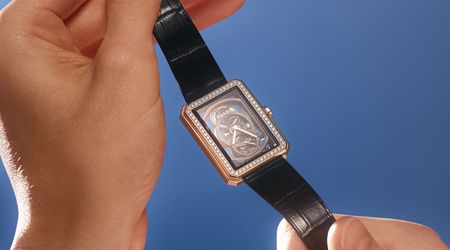 Boundary-breaking Chanel watch is tweaked for a new generation
Boundary-breaking Chanel watch is tweaked for a new generationThe Boy.Friend Skeleton appeals to both men and women with its distinctive octagonal silhouette
By Hannah Silver Last updated
-
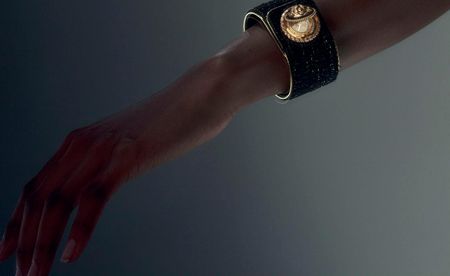 On the button: Chanel's perfectly hidden timepiece
On the button: Chanel's perfectly hidden timepieceThe ‘Mademoiselle Privé Bouton’ watch is everything but off the cuff
By Hannah Silver Last updated
-
 Sound bite: Jaeger-LeCoultre’s contemporary art celebrates acoustic watches
Sound bite: Jaeger-LeCoultre’s contemporary art celebrates acoustic watchesJaeger-LeCoultre and Swiss artist Zimoun have collaborated on an artwork to commemorate the 150 year anniversary of its first minute repeater
By Hannah Silver Last updated